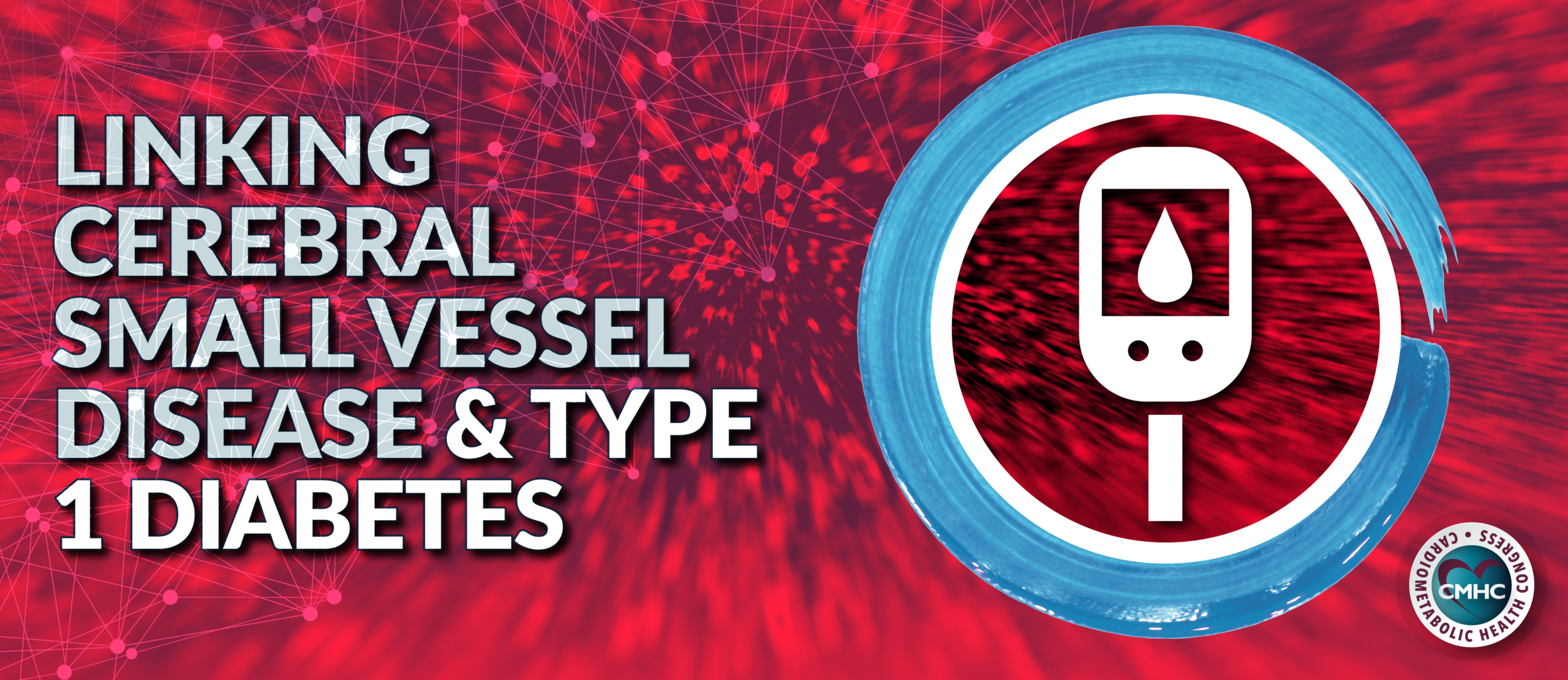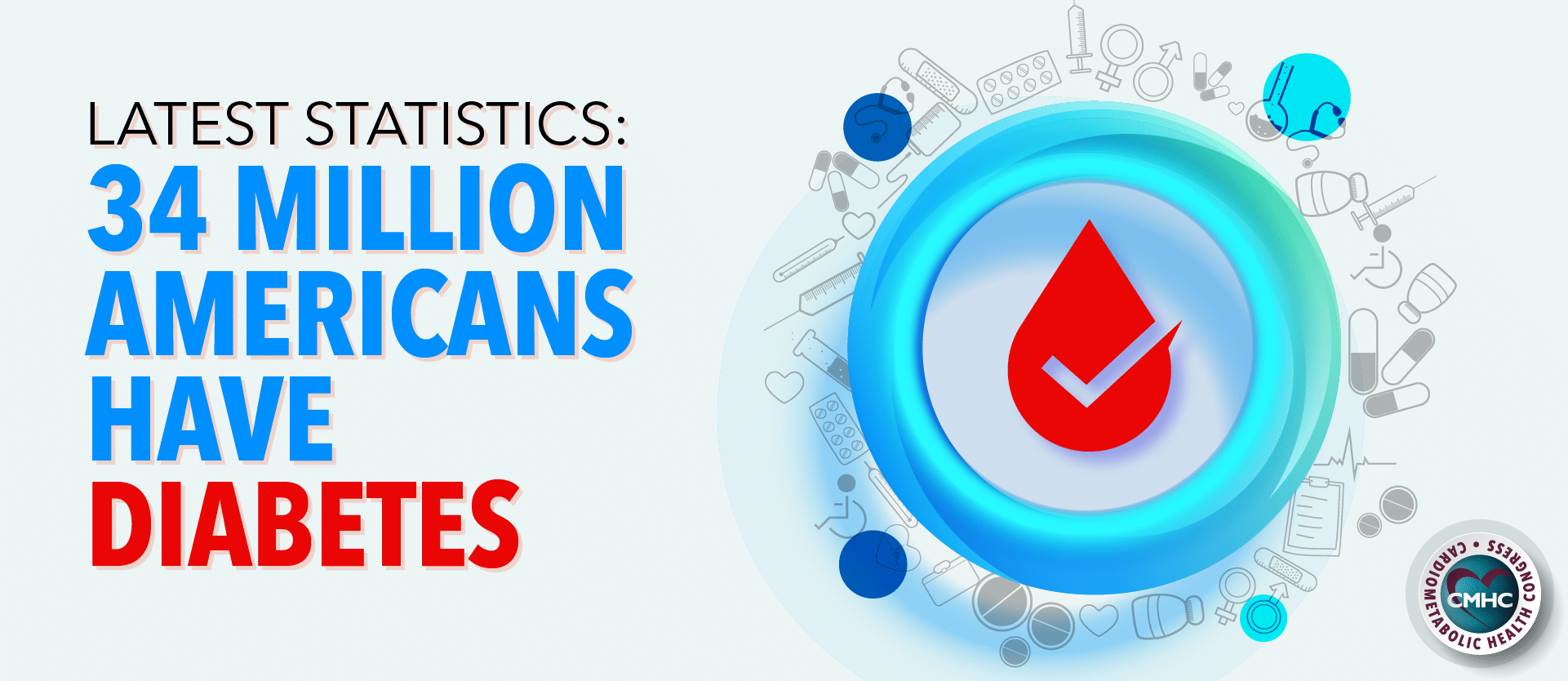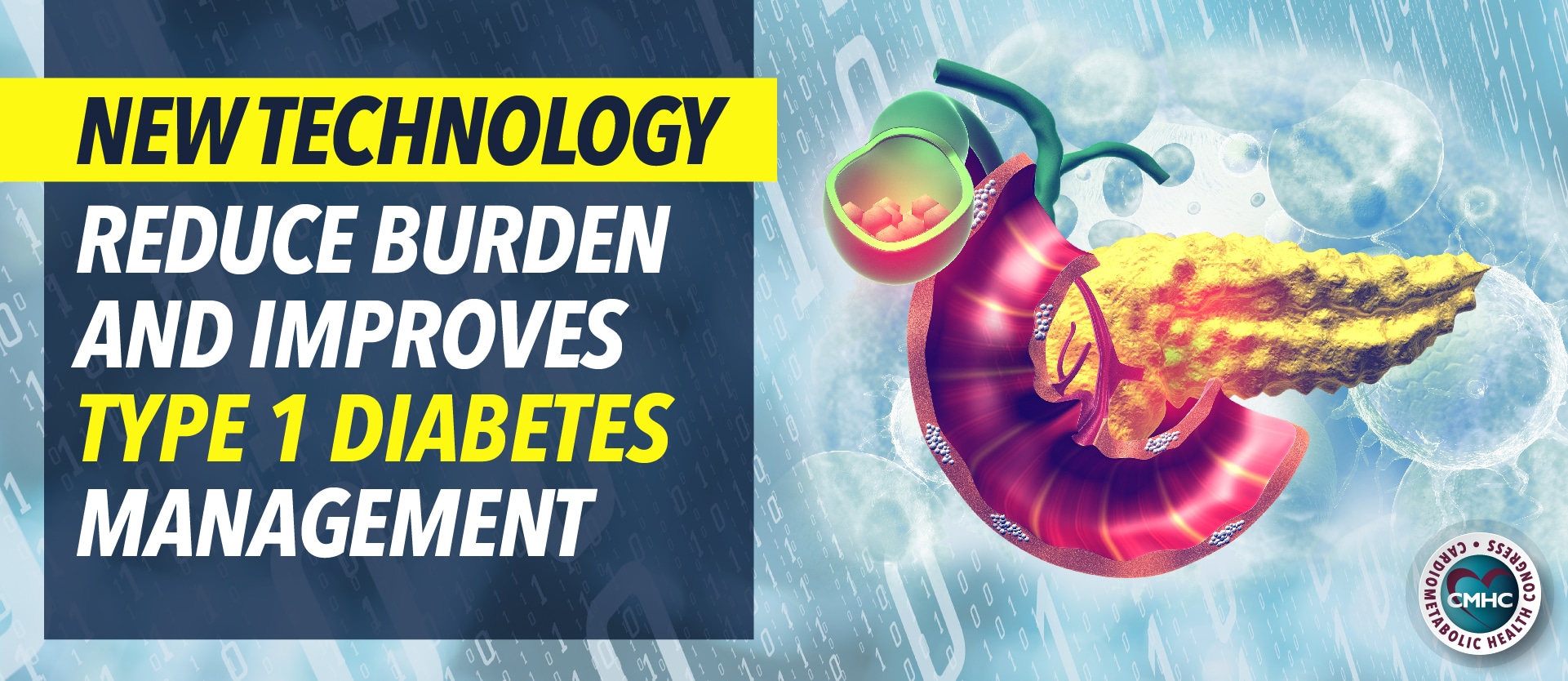Findings published in Diabetes Care indicate a correlation between adults diagnosed with type 1 diabetes, and cerebral small-vessel disease and micro-bleeds. Professor of nephrology at Helsinki University Central Hospital in Finland Per-Henrik Groop, MD, DMSc, FRCPE wrote: “Type 1 diabetes is associated with a fivefold increased risk of stroke, with cerebral small-vessel disease (SVD) as the most common etiology…cerebral SVD in type 1 diabetes, however, remains scarcely investigated and is challenging to study in vivo per se owing to the size of affected vasculature.”
Cerebral small vessel disease is commonly observed in the elderly population: a neurological disease that typically causes stroke and dementia, mood disturbance, and problems with gait. While its clinical symptoms can be inconsistent, it is often related to vascular risk factors. Cerebral micro bleeds are small, chronic brain hemorrhages caused by structural abnormalities of small vessels of the brain.
Groop and colleagues analyzed data from 191 healthy younger adults with type 1 diabetes, all of whom were diagnosed before age 40 years. The participants ranged in age from 18 to 50 years; the mean age was 40, and the participants were comprised of 53% women. The study was performed at Helsinki University Hospital, and data from 30 adults without diabetes were used for comparison. All participants were enrolled in the Finnish Diabetic Nephropathy Study, and underwent MRIs to asses the incidence of cerebral small-vessel disease.
An article in Healio analyzed the results: among the cohort of participants with type 1 diabetes, 67 participants (35%) were diagnosed with cerebral small-vessel disease: compared with three participants (10%) in the control group. In the diabetes group with cerebral small-vessel disease, 45 (24%) had cerebral micro-bleeds, and 44 (23%) had white matter hyperintensities. The presence of albuminuria (P = .021), a symptom of kidney disease; use of antihypertensive medication (P = .033); and higher systolic blood pressure (P = .009) were observed more frequently in those participants with cerebral micro-bleeds. Systolic BP was the only independently associated factor (OR = 1.03 for each 1-mm Hg increase; 95% CI, 1.00-1.05). Age was the only independently associated factor for white matter hyperintensities (OR = 1.11 for each 1-year age increase; 95% CI, 1.04-1.19).
“Our results indicate that cerebral SVD starts early in type 1 diabetes but is not explained solely by diabetes-related vascular risk factors or the generalized microvascular disease that takes place in diabetes,” the researchers wrote in their findings. “[Cerebral micro-bleeds] were mainly observed in the lobar brain regions, which has been associated with cerebral amyloid angiopathy, a condition generally affecting the elderly, whereas [cerebral micro-bleeds] in the deeper parts associate with hypertensive vasculopathy.”
Previous studies have likewise confirmed that patients with diabetes may have an increased burden of cerebral SVD.
SOURCE
http://care.diabetesjournals.org/content/early/2018/12/09/dc18-1302


















